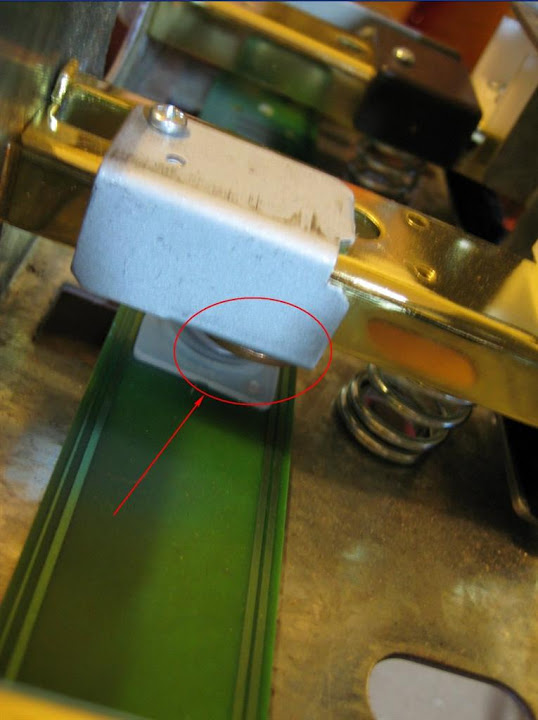When I first got it however, I discovered an issue with the trigger sensitivity of the 1st (sustain) pedal. As the screenshot below (taken from Cockos Reaper) shows, the pedal trigger sends a MIDI CC67 value from 0 to 127 as it is pressed down, (CC67=127 when the pedal is fully depressed). The problem was that when the pedal was fully released, the CC67 value was ALSO 127! On further investigation, I found that when fully released, the pedal was not even touching the trigger sensor inside the unit, and as it began to be pressed down it would then touch the sensor and generate CC67 values from 0 to 127, until the pedal was fully depressed. In practical terms, this meant that any MIDI device I was controlling with the pedals would think the sustain pedal was fully depressed when it actually WAS fully depressed, but ALSO when it was fully released. When I wanted the pedal to be 'released' I had to keep the pedal pressed slightly down (i.e. NOT fully released) to ensure that the trigger sensor was being touched and therefore to generate a very low CC67 value, representing a released sustain pedal. The irony was that if I did physically fully release the pedal, it would then send a CC67 value of 127, telling any attached MIDI devices that the pedal was in fact fully depressed again, the complete opposite of what it actually was!
This may have been a problem only on my particular unit, but in case any fellow GPP-3 owners are experiencing the same issue, I've posted some photos and an explanation of my quick and simple D.I.Y. solution below:
1. Flip the unit over and remove the 8 screws from the wooden base (you'll need a Phillips cross-head screwdriver):

2. Remove the wooden base. The pedals are attached to a metal casing inside the frame. You'll need to remove some more screws then the whole pedal unit should come free:

3. Flip over the detached metal casing and find the problem pedal. There should be a metal bracket (as shown below) which presses down onto the trigger sensor on the PCB underneath. Unscrew the bracket:

4. Using some superglue, stick a British penny coin (or your local currency equivalent) on the underside of the metal bracket, and allow a few minutes for it to dry:

5. Reattach the metal bracket to the pedal you removed it from. The added depth of the penny coin should be enough to press lightly on the trigger sensor and prevent it from being fully released when the pedal is not being pressed:
.JPG)
6. Reattach the metal frame to the wooden casing, and then screw the base back on. Test your unit, and you should find it works as intended!
Link to the GPP-3 on the manufacturer's website:
http://www.cme-pro.com/en/product-detail.php?product_id=34